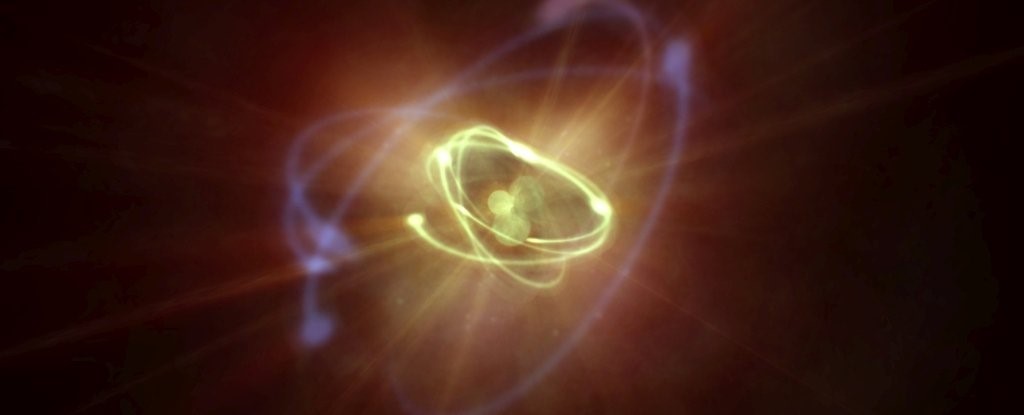
The most precise measurement of a neutron's lifespan
We now know how long a neutron can survive outside the atomic nucleus before decaying into a proton.
This has effect on understanding of how the first matter in the Universe was created from a soup of protons and neutrons in the minutes after the Big Bang. And can shed light on how the universe developed.
Scientists cooled neutrons to almost absolute zero, and placed them in the trap, a bowl-shaped chamber lined with thousands of permanent magnets, which levitate the neutrons, inside a vacuum jacket.
Scientists stored their neutrons in the trap for 30 to 90 minutes, then counted the remaining particles after the allotted time.
This lifespan is 38 ± 0.28 seconds.
After the Big Bang, things happened relatively quickly. In the very first moments, the hot, ultra-dense matter that filled the Universe cooled into quarks and electrons; just millionths of a second later, the quarks coalesced into protons and neutrons.
Knowing the lifespan of the neutron can help physicists understand what role, if any, decaying neutrons play in the formation of the mysterious mass in the Universe known as dark matter. Or provide much-searched-for evidence for the discovery of new physics.
 English
English Arabic
Arabic


